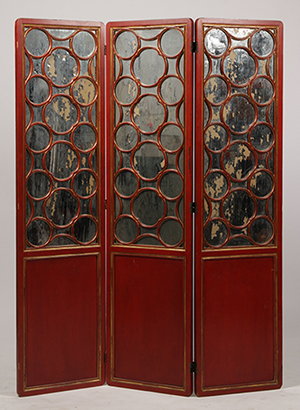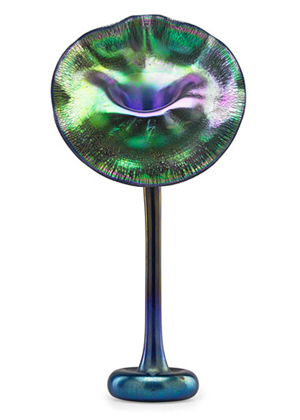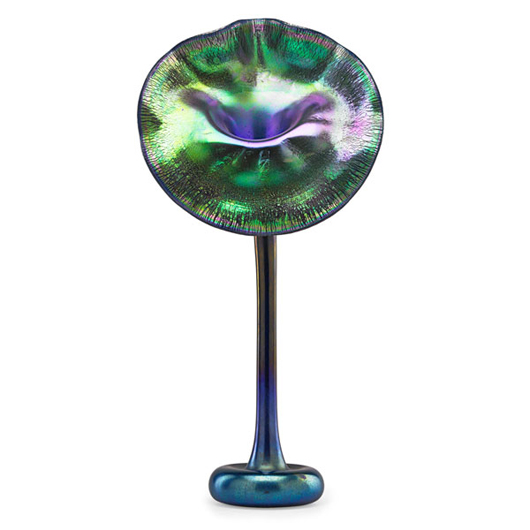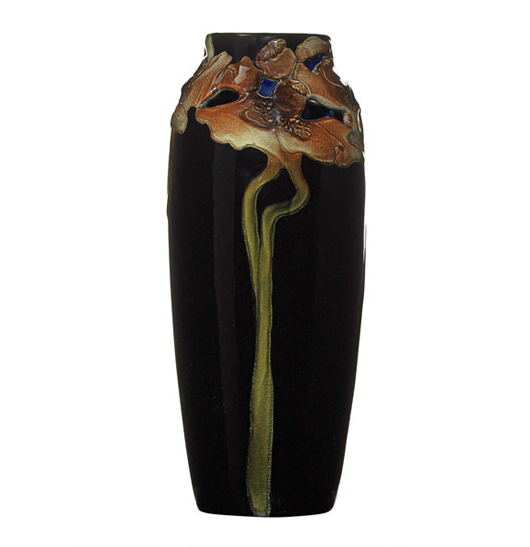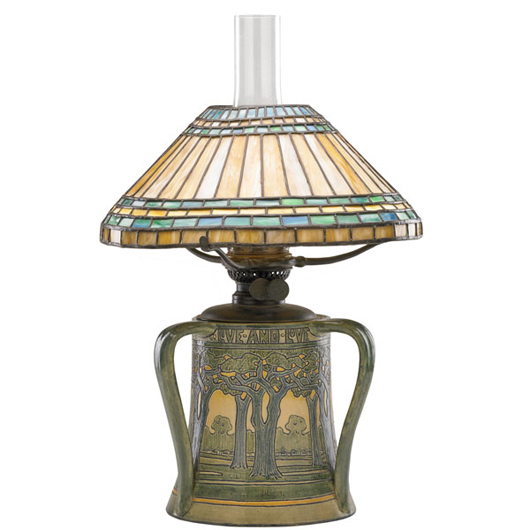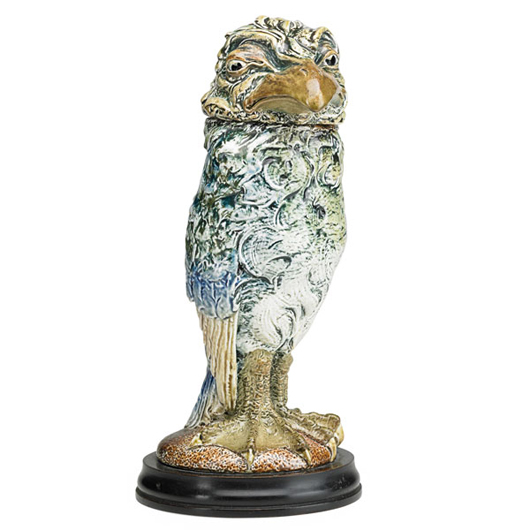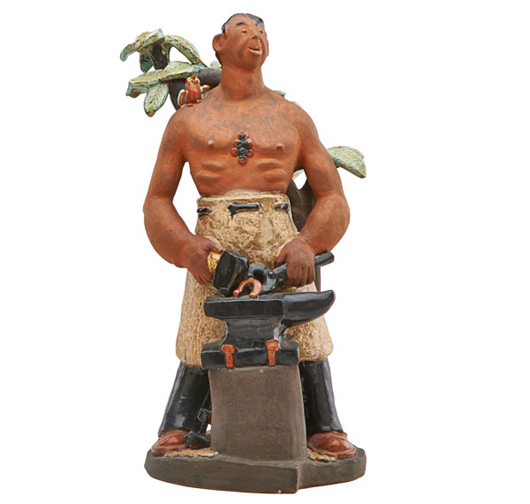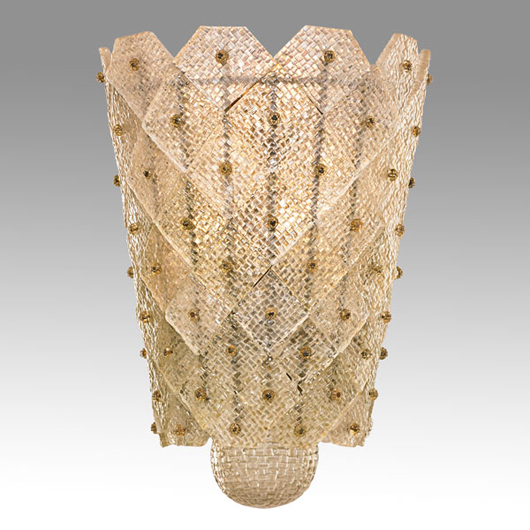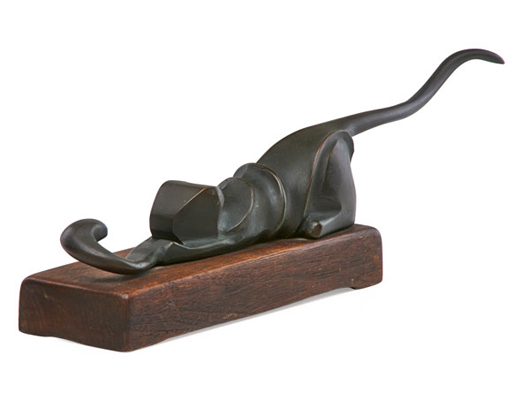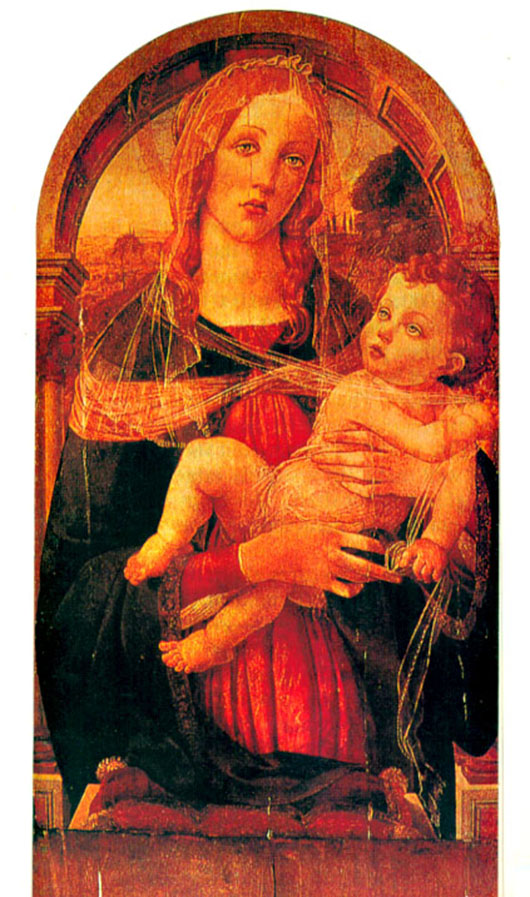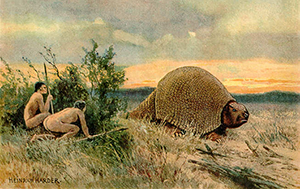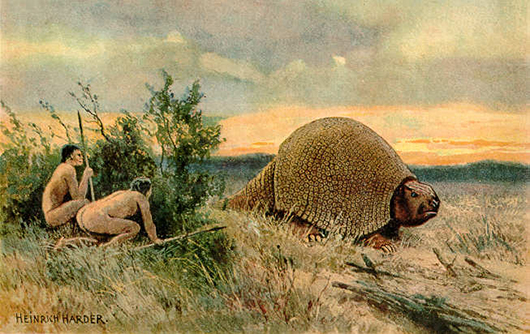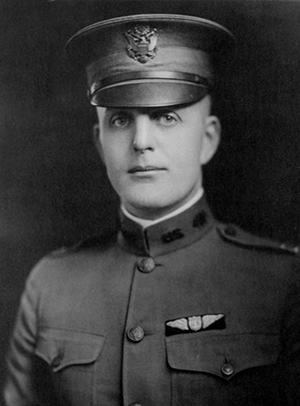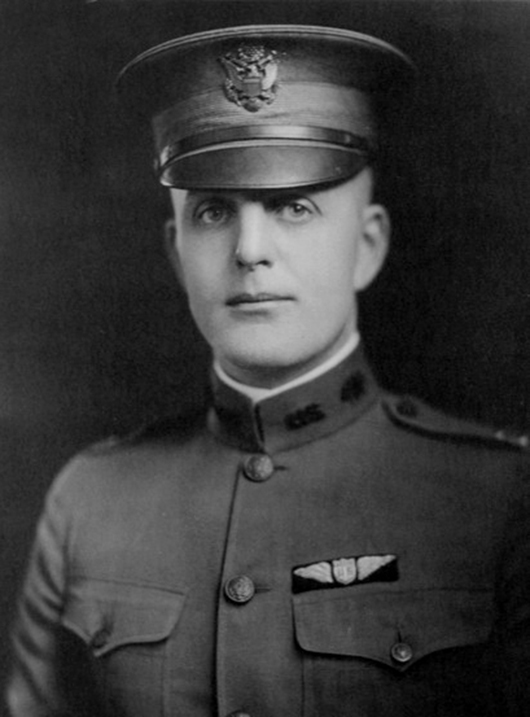
The sale features a breadth of 20th century design including mid-century modern furniture in addition to Art Deco, Jansen, French, Italian and English designs. Prominent artisans are handsomely represented with pieces seen from masters such as Paul McCobb, Sergio Bustamante, James Mont, Karl Springer, Erik Höglund Boda and Milo Baughman among others. A very good Italian Gio Ponti-style curved front bar and matching back bar, circa 1960, (lot 352) is predicted to sell for $4,000-$6,000, while a rare and unusual mid-century modern Italian mahogany ”L”-form sideboard, circa 1960, is thought to fetch $3,000-$5,000 (lot 323). A large collection of Lucite furniture items is expected to earn significant interest with the most notable piece being a rare king-size Lucite poster bed (lot 258). Yet another great mid-century modern find is lot 1, a James Mont-style three-panel painted screen having distressed mirrored back panels, circa 1940 ($300-$600).
More than 70 lots comprised of chandeliers, sconces, lamps and other lighting fixtures will bring further enthusiasm to the sale. Among the mid-century modern offerings is an Erik Höglund Boda wrought iron and glass hanging light fixture presented with an estimate of $2,000-$3,000 (lot 439). Expected to spur sizable competition among bidders is a rare collection of 20 matching Murano glass shell-form sconces having gold fleck scroll decoration, circa 1970 (Lots 402, 403, 404, 405). Complementary pieces featured in that sale include a Murano chandelier (lot 279) and a pair of 20th century Murano table lamps (lot 459). A small but select group of mirrors also makes an appearance in the auction. Choice highlights include a French brass clad bistro mirror, circa 1900 (lot 15, $800-$1,200), and an antique Venetian mirror having ornate etched and applied multicolored glass decorations, circa 1910 (lot 3, $600-$900). Lot 22, a gilt wood circular form sunburst mirror with stylized flowers, circa 1950, holds a presale estimate of $600-$800 and is one of several decorative sunburst mirrors on offer in this auction.
Antique and 20th century French, Italian and English furniture in a variety of styles will be available, as well. Everything from a handsome ebonized directoire-style library desk (lot 168, $3,000-$5,000) to a beautiful Venetian mirrored server (lot 48) are in the mix. Lot 422 is a very good labeled “Maison Hurel, Paris” bentwood table having inset leather top and single drop side, circa 1910, expected to pique strong interest ($2,000-$3,000). Similarly is an interesting French burled walnut Rhulmann-inspired cabinet having a shaped marble top over four central drawers flanked by two doors, circa 1930 (lot, $6,800-$1,200).
Jansen collectors and enthusiasts will certainly be pleased with the selection featured in this sale. Highlights among these are lot 162, a Jansen chinoiserie decorated marble-top and bronze mounted commode in the Louis XVI-style, circa 1950 ($2,000-$4,000) and a good Jansen Regency-style ebonized bookcase and desk, circa 1940 (lot 196, $1,000-$1,800). Art Deco, a staple at Kamelot, is in no short supply either, with many fine pieces on offer. Lot 201, estimated at $800-$1,200 is a pair of oversized Art Deco club chairs with macassar veneer, circa 1930, and one of several Deco club chairs featured in the sell. Another exemplary Deco choice is lot 207, a pair of ebonized Art Deco console tables with mirrored tops should fetch between $2,000-$3,000.
Toward the end of the sale are a few lots of the more eccentric sort and will certainly garner attention from bidders. Lot 443 is an interesting welded metal sculpture of a life-size horse, purportedly created for an Hermes advertising campaign. It carries a $2,000-$3,000 estimate. Just as unique is a whimsical signed Sergio Bustamante papier-mache owl sculpture having two birds perching, all raised on plinth base, circa 1970 (Lot 424, $700-$ 1,000).
The auction will begin at 10 a.m. Eastern on Saturday. Doors will open at the Kamelot showroom at 8 a.m.
For details call 215-438-6990.
View the fully illustrated catalog and register to bid absentee or live via the Internet as the sale is taking place by logging on to www.LiveAuctioneers.com.
ADDITIONAL LOTS OF NOTE









